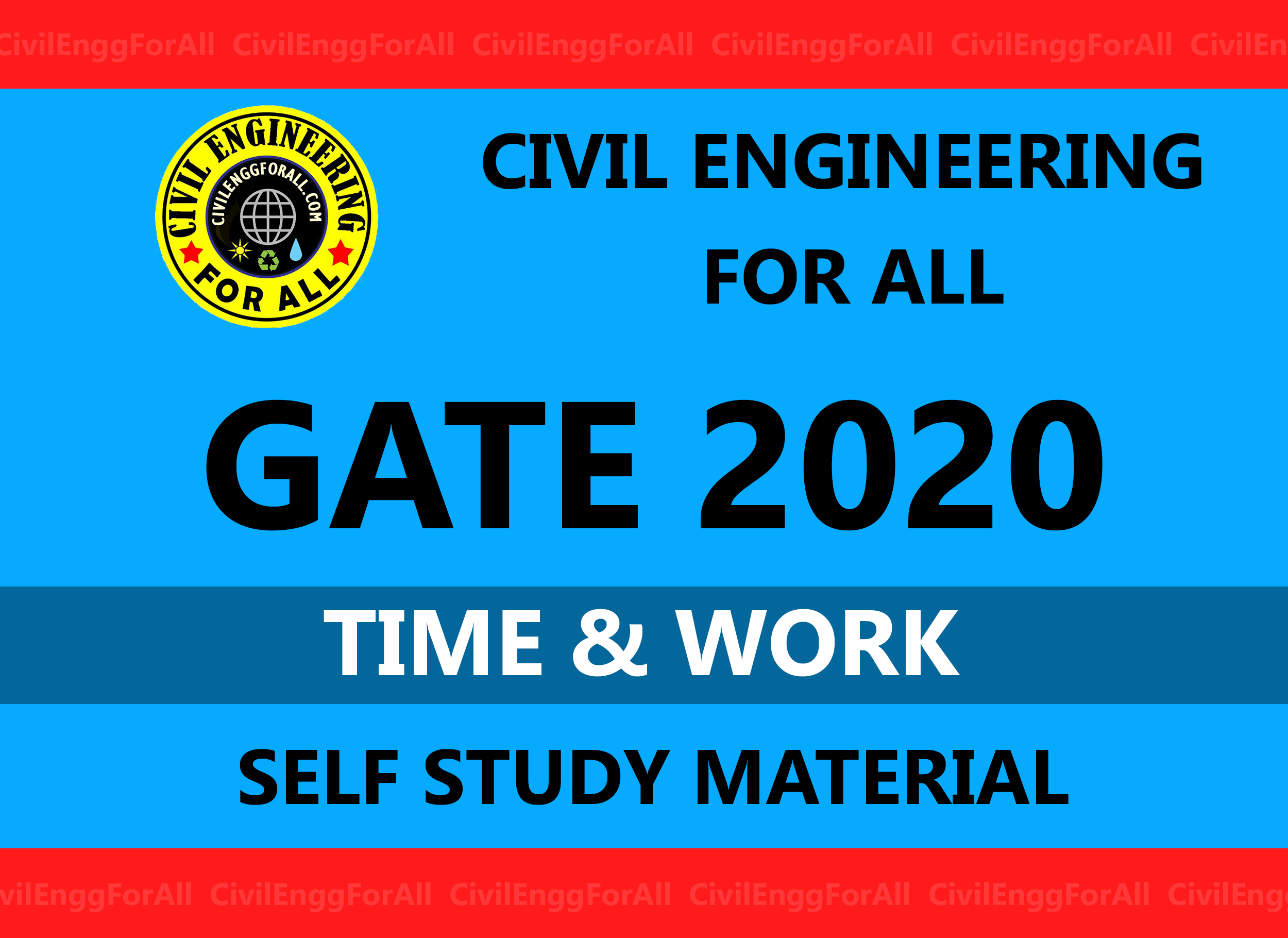

CONTENTS
- Time, Speed and Distance
- Races
- Work
- Pipes and Cisterns
- Exercises, Problems, Solutions and hints on the above topics

Relative Speed
- Time taken by a moving object ‘x’ meters long in passing a stationary object of negligible length from the time they meet is same as the time taken by the moving object to cover ‘x’ meters with its own speed.
- Time taken by a moving object ‘x’ meters long in passing a stationary object ‘y’ meters long from the time they meet, is same as the time taken by the moving object to cover ‘x + y’ meters with its own speed.
- If two objects of length ‘x’ and ‘y’ meters move in the same direction at ‘a’ and ‘b’ m/s, then time taken to cross each other from the time they meet = Sum of their length/Relative speed
- If two objects of length ‘x’ and ‘y’ meters, move in the opposite direction at ‘a’ and ‘b’ m/s, then time taken to cross each other from the time they meet
- If speed of a boat in still water is x km/hr and speed of the stream is y km/hr, then Relative speed while travelling with the stream i.e., speed downstream = (x + y) km/hr. Relative speed while travelling against the stream i.e., speed upstream = (x – y) km/hr
- Also speed of the boat in still water = 1/2 (Speed with stream + Speed against stream) Speed of the river = 1/2 (Speed with stream – Speed against stream)
Races
- ‘A gives B a start of x meters’, implies that, if distance between starting point and finishing point is L meters, then A covers L meters while B covers L – x metres. e.g., In a 100 metre race. A gives B a start of 10 metres means, while A runs 100 metres, B runs 100 – 10 = 90 metres.
- ‘A beats B by x metres’, implies that, if distance between starting point and finishing point is L meters, then A wins the race by covering L metres, while B covers L – x metres only.
- ‘A gives B a start of t seconds’, implies that A starts the race t seconds after B starts from the starting point.
- ‘A beats B by t seconds’, implies that, A and B start together from the starting point, but A reaches the finishing point t seconds before B finishes. Note: (iii) and (iv) both imply that B takes t seconds more than A to finish the distance.
- A beats B by ‘x’ metres or ‘t’ seconds means, B runs ‘x’ metres in ‘t’ seconds.
- Winner’s distance = Length of the race.
- Distance covered by loser = Winner’s distance – (Beat distance + Start distance)
- Time taken by winner = Time taken by loser – (Beat time + Start time)
- If a race ends in a dead heat, then beat time = 0 and beat distance = 0.
- Two persons staring at the same time and from the same point along a circular path will be together again for the first time. When faster gains one complete round over the other, then time taken by faster person to complete one round over the other
- Two persons, starting at the same time from the same point along a circular path, will be together again for the first time at the same starting point, at a time which is LCM of the time taken by each to complete a round.
- Three persons, staring at the same time and from the same point along a circular path, will be together for the first time after the start at a time which is equal to LCM of the time taken by the fastest to gain a complete round over each of the other two.
Work
- If a can do a work in ‘a’ number of days, then in one day 1/ath work is done. Conversely, if a man does 1/ath of a work in 1 day, then he can complete the work in 1 + 1/ a = a days.
- If A is ‘x’ time as good a workman as B, then he will take 1/xth of the time taken by B to do the same work.
- If A and B can do a piece of work in ‘x’ and ‘y’ days respectively. then working together, they will take xy/x + y days to finish the work and in one day. They finish x + y /xyth part of the work.
- To compare the work done by different people, first find the amount of work each can do in the same time.
- If number of men to do a job is changed in the ratio a: b, then time required to do the work will be in the ratio b: a, assuming amount of work done by each of them in the given time is the same, or they are identical.
- To do a piece of work, the number of men employed and the number of days required to do the work are in inverse proportion. Also, the number of men employed and the hours worked per day are in inverse proportion.
PIPES AND CISTERNS
- A pipe connected with a cistern is called an inlet, if it fills the cistern.
- A pipe connected with a cistern is called an outlet, if it empties the cistern.
- Filling or emptying a cistern can be considered as work done.
TIME AND WORK – GATE STUDY MATERIAL PDF – FREE DOWNLOAD ON CIVILENGGFORALL ONLY
DOWNLOAD LINK: CLICK HERE
PASSWORD: CivilEnggForAll
OTHER USEFUL BOOKS
- CIVIL ENGINEERING TEXTBOOKS WITH DOWNLOAD LINKS
- IES MASTER CIVIL ENGINEERING GATE STUDY MATERIALS PDF
- ACE ACADEMY CIVIL ENGINEERING GATE STUDY MATERIALS PDF
- BUILDING MATERIALS – MOCK TEST 1 (QUICK)
- TELANGANA STATE PUBLIC SERVICE COMMISSION – ASSISTANT ENGINEER 2023 – TSPSC AE 2023 CIVIL ENGINEERING EXAM SOLVED PAPER WITH EXPLANATIONS PDF FREE DOWNLOAD
- SSC JE 2023 CIVIL ENGINEERING (CPWD/CWC/MES) EXAM SOLVED PAPER PDF FREE DOWNLOAD
- BIHAR PUBLIC SERVICE COMMISSION ASSISTANT ENGINEER (BPSC AE) 2022 CIVIL ENGINEERING EXAM SOLVED PAPER WITH EXPLANATIONS PDF
- NHPC (NATIONAL HYDROELECTIC POWER CORPORATION) JUNIOR ENGINEER NHPC JE 2022 CIVIL ENGINEERING EXAM SOLVED PAPER PDF FREE DOWNLOAD

Leave a Reply